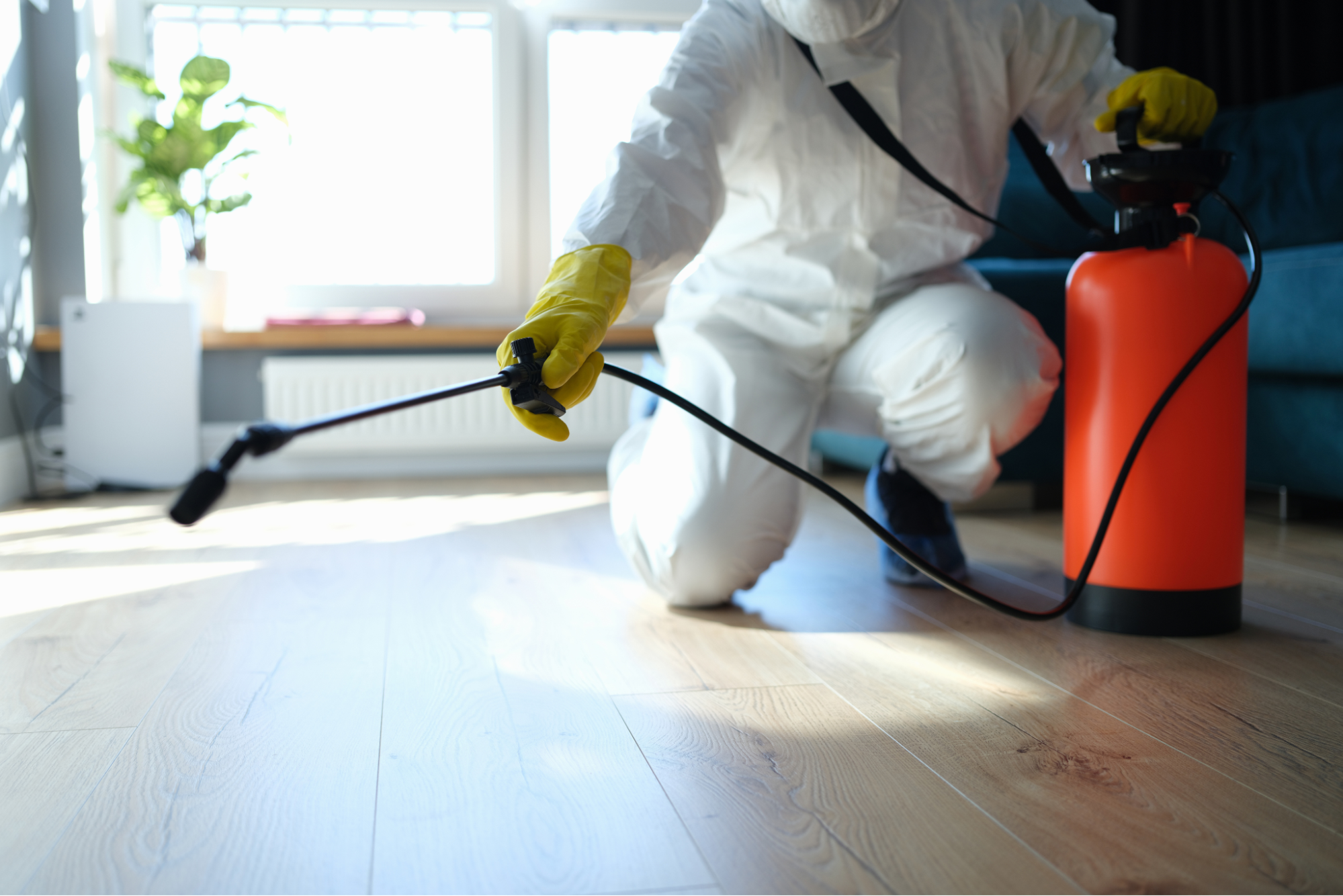Effective A1 Bed Bug Treatment in Charlotte - Safe and Proven Methods
Effective A1 Bed Bug Treatment in Charlotte - Safe and Proven Methods
Blog Article
Bed Bug Therapy Breakdown: Comparing Chemical Vs. Non-Chemical Solutions
In the realm of bug control, particularly when managing the persistent problem of bed pests, the option in between chemical and non-chemical treatment services can be an essential one. Both approaches offer distinct advantages and downsides, affecting aspects such as effectiveness, security considerations, and overall cost. By checking out the nuanced details of each approach, a more clear understanding of which path to pursue in addressing a bed bug infestation can be acquired.
Effectiveness of Chemical Therapies
Chemical therapies for bed insect invasions have actually been widely identified for their powerful and fast efficacy in eradicating these parasites. When considering the efficiency of chemical treatments, it is crucial to recognize that they can supply a quick and detailed option to a bed pest trouble.
Additionally, chemical treatments have the benefit of using recurring impacts, implying that they can remain to get rid of bed bugs also after the preliminary application. This residual action is specifically valuable in combating any type of potential re-infestations. In addition, the rapid activity of chemical therapies can bring alleviation to individuals encountering severe bed bug infestations, enabling them to reclaim control of their home rapidly.
Safety And Security Worry About Chemical Solutions
One vital aspect that calls for cautious consideration when utilizing chemical solutions for bed pest treatment is guaranteeing the safety and security of passengers and the atmosphere. Direct exposure to specific chemicals used in bed pest treatments can lead to breathing concerns, skin inflammation, or various other unfavorable reactions, specifically in individuals with pre-existing conditions or level of sensitivities.
Moreover, the ecological effect of chemical remedies is another considerable factor to consider. Some pesticides used in bed pest treatments may be damaging to advantageous pests, wildlife, and environments if they leach into the soil or water supply. It is important to utilize chemical therapies judiciously, following safety guidelines, and thinking about less toxic options to minimize these dangers and guarantee the efficient and secure management of bed pest infestations.
Advantages of Non-Chemical Approaches
Considering the possible security issues and environmental effect associated with chemical remedies for bed pest therapy, exploring non-chemical approaches provides a promising alternative with numerous distinct advantages. Non-chemical therapies are ecologically friendly, as they do not contribute to air or water contamination, making them a sustainable option for pest control.
Additionally, non-chemical solutions can be efficient in targeting bed pests, including hard-to-reach locations where chemical treatments might not permeate - A1 bed bug exterminator charlotte. Methods such as warmth therapy, vacuuming, steam cleansing, and cushion encasements offer comprehensive elimination without the usage of dangerous chemicals.
Limitations of Non-Chemical Treatments

In addition, non-chemical treatments commonly require numerous applications to accomplish successful elimination. This can be taxing and might not always ensure total elimination of all bed insects and their eggs, especially in hard-to-reach or concealed places.
Moreover, the success of non-chemical therapies heavily depends on appropriate implementation and thoroughness, which can navigate to these guys be challenging for people without professional know-how. Poor application of non-chemical techniques might result in insufficient eradication, leading to persistent problems and the demand for added treatments.
For that reason, while non-chemical therapies have their benefits, it is necessary to recognize these restrictions and consider them when establishing one of the most effective strategy for local bug control managing bed bug problems.
Price Comparison: Chemical Vs. Non-Chemical Options
Given the constraints related to non-chemical treatments, an essential element to examine in the context of bed insect administration is the price comparison between chemical and non-chemical alternatives. Chemical treatments usually include the application of insecticides by specialists, which can vary from $250 to $900 per area, relying on the extent of the infestation and the size of the area to be treated. On the other hand, non-chemical treatments like heat treatment or steam can be a lot more costly, with prices varying from $1,000 to $6,000 for a whole home. While the initial price of chemical therapies might appear lower, multiple therapies may be required to totally eradicate the infestation, potentially raising the overall cost. On the various other hand, non-chemical choices may give a much more sustainable and environment-friendly option, although they can be cost-prohibitive for some people. Ultimately, when taking into consideration the expense of bed insect treatment alternatives, it is very important to evaluate the ahead of time expenses versus the performance and long-term sustainability of the selected method.
Conclusion

Thinking about the possible safety and security issues and ecological effect connected with chemical options for bed pest therapy, checking out non-chemical strategies offers an encouraging option with a number of unique benefits.Offered the restrictions connected with non-chemical treatments, an essential facet to assess in the context of bed bug management is the price comparison in between chemical and non-chemical options. In comparison, non-chemical treatments like warm see this here treatment or vapor can be a lot more pricey, with costs varying from $1,000 to $6,000 for a whole home. While the first cost of chemical treatments might appear lower, numerous therapies might be called for to totally remove the problem, potentially increasing the general cost.In verdict, when comparing chemical and non-chemical bed pest therapy alternatives, it is important to consider efficiency, security, benefits, restrictions, and cost.
Report this page